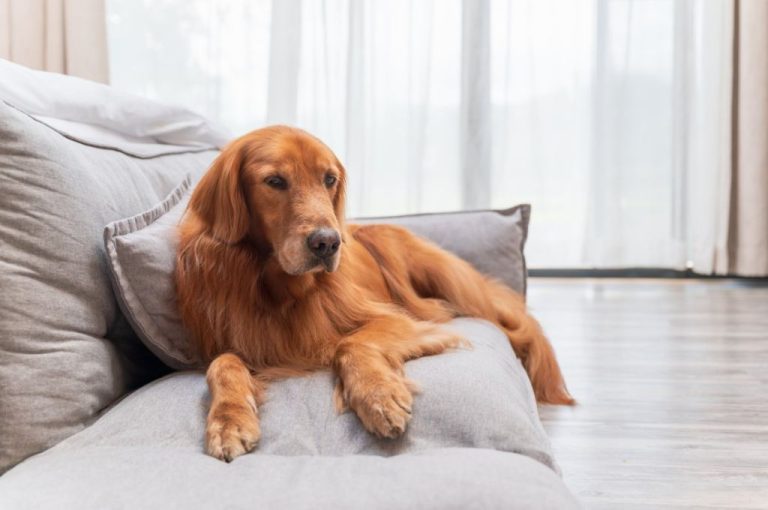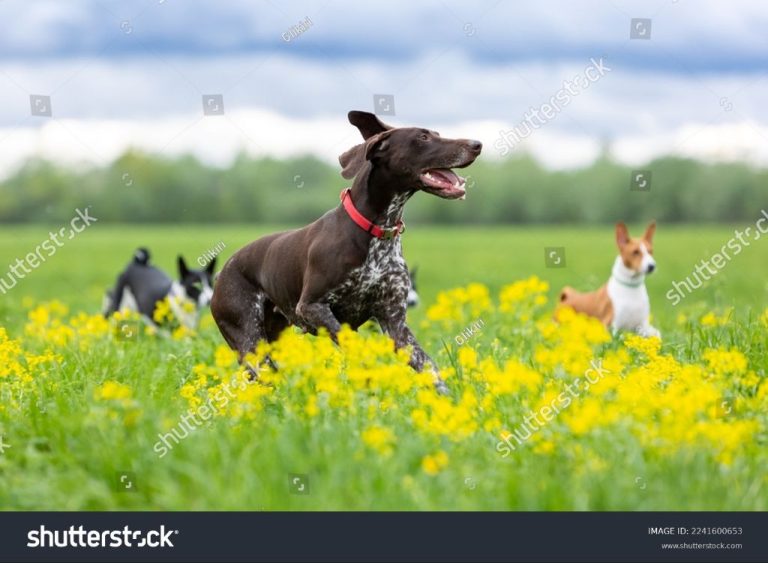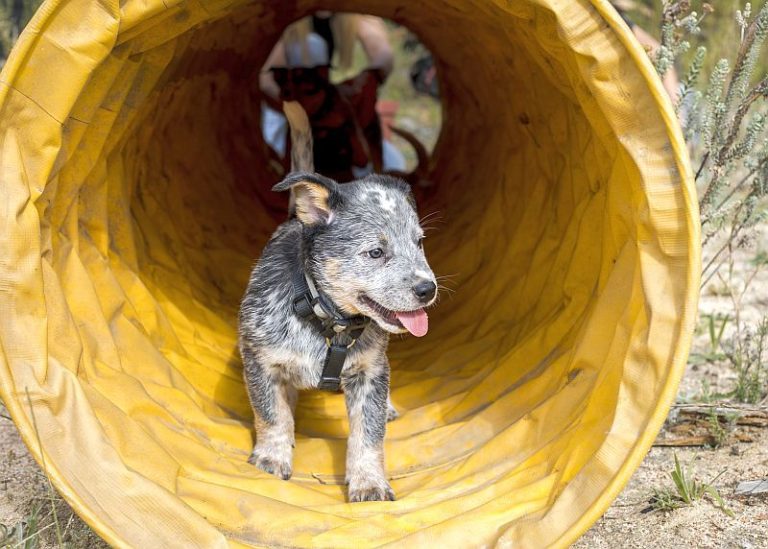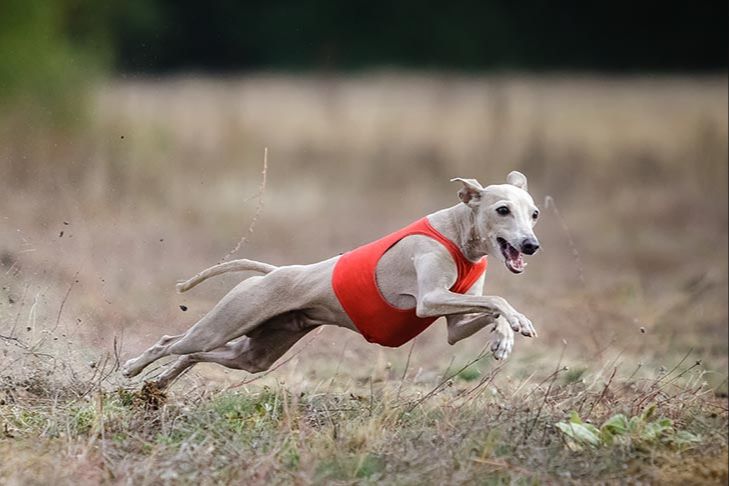Doggy Dance Class: Grooving With Your Pooch
Dog dancing, also known as canine freestyle, has become an increasingly popular activity for pet owners looking to bond with their dogs in a fun and creative way. In dog dancing, handlers perform choreographed routines with their dogs, often incorporating obedience cues, dance moves, and elaborate tricks.
While dog dancing originated decades ago, it has seen a surge of interest in recent years thanks to social media and TV competitions like the hit show “Britain’s Got Talent,” where dancing dog acts have become sensations. At its core, dog dancing provides a way for dogs and owners to have fun together through movement and music. The routines allow both to showcase their personalities and abilities.
Benefits of Doggy Dancing
Doggy dancing provides many benefits for canines, especially when it comes to physical exercise. Learning choreographed routines gives dogs a thorough workout that engages various muscle groups. According to this video series, routines incorporate stretching, spinning, weaving, jumping, and more to get dogs moving in fun new ways.
The cardiovascular activity from dancing strengthens the heart and lungs. The coordination and balance required also build core strength and stability. Mentally, mastering new moves challenges a dog’s focus and memory. Altogether, dancing provides wholesome conditioning that keeps pets fit and nimble.
For older or mobility-challenged dogs, low-impact routines can improve joint health and flexibility. Adjustable difficulty allows dancing to be tailored to a dog’s needs and abilities. Under supervision, it’s an adaptable exercise for canines of all ages and fitness levels.
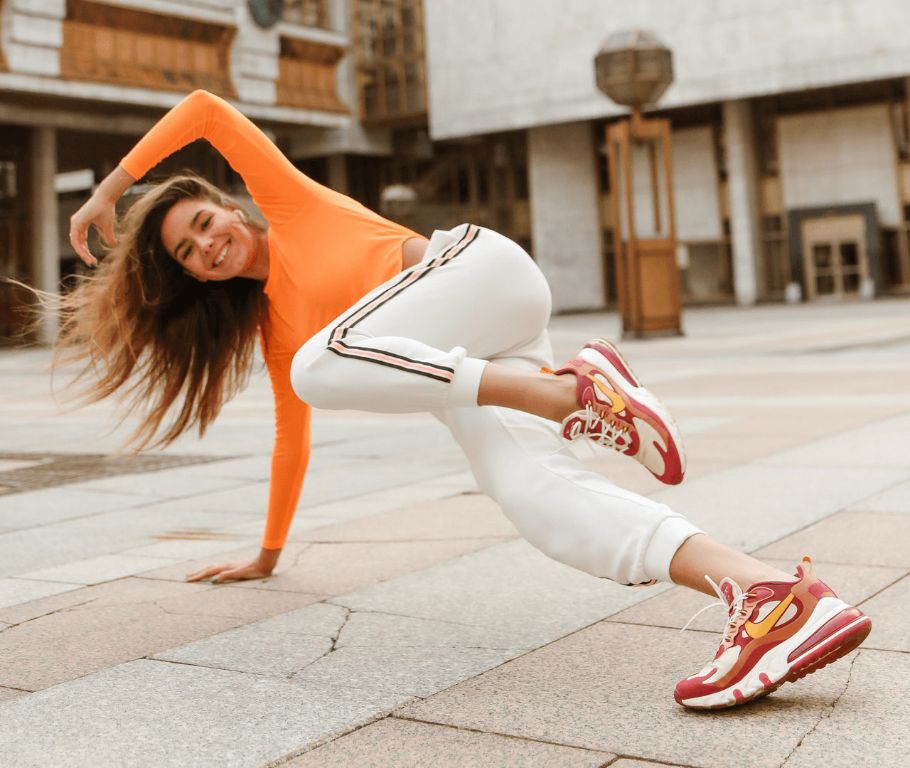
Bonding
Dog dancing is a great way to strengthen the human-canine bond. As owners train and practice routines with their dogs, they build trust, communication, and a deeper understanding of each other. The synchronized movements require both dog and human to pay close attention and respond to subtle cues from their partner. This helps them learn to read each other’s body language and work together as a cohesive unit. As one dog owner put it: “For me, it was really important not to look at my dog as an object…but to look at her as a partner” (Where Everybody, and Every Dog, Loves Dancing). The bond formed through dog dancing is evident in viral videos showing the seamless choreography between dogs and their humans.
Training
Dog dancing is an excellent way to teach your dog coordination and discipline. The precise movements and routines require your dog to pay close attention and follow commands. As you practice together, your dog will learn body awareness, spatial navigation, and how to move in sync with you.
According to the article “Canine Freestyle: Teaching Your Dog to Dance” from The Wildest, “You’ll recognize some traditional obedience moves” in dog dancing routines. This means skills like heelwork, spinning, rolling over, and bowing can be incorporated into creative dances.
Teaching these skills through dancing allows you to turn regular training into an enjoyable game for your dog. The musical cues help dogs understand when to transition between tricks and link them together smoothly.
With regular practice, you’ll notice your dog becoming more focused, responsive, and eager to learn new moves. Dancing is a great way to exercise their mind and body while having fun together.
Source: https://www.thewildest.com/dog-behavior/canine-freestyle
Types
There are several main types of doggy dance classes and routines:
Heelwork focuses on the dog heeling next to the handler and performing various moves in unison. The dog follows cues from the handler to execute different steps like spinning, jumping, crawling, and weaving through the handler’s legs. Heelwork aims to demonstrate teamwork between handler and dog.
Freestyle dancing allows for more creativity and flexibility. While still working closely with their handler, dogs have freedom to move independently and perform tricks. Routines showcase elaborate moves and the dog’s talents. Popular tricks include jumping rope, rolling over, spinning, bowing, and “dancing” on their hind legs. According to a vetstreet article, freestyle competitions often showcase poodles, golden retrievers, border collies, and other athletic breeds.
Canine musical theater incorporates costumes, props, music, and a storyline or theme. Handlers and their dogs perform choreographed routines that match the music and tell a story. Outfits and props add to the creative spectacle. According to Dance Magazine, canine musical theater provides a fun outlet for dogs and owners to bond and show off their skills.
Getting Started
If you and your dog are new to dog dancing, the best way to get started is by finding a class in your area. Look for classes specifically focused on “canine freestyle” or “dog dancing” taught by an experienced instructor (check Dog Dance Mania for online programs).
In your first class, expect to go over the basics like getting your dog focused and attentive, learning fun tricks like spin and twirl, and putting together short routines set to music. The instructor will offer tips on choosing music, costuming, and showmanship. You’ll get to see other dogs and handlers dance their routines too!
Dog dancing is all about having fun with your dog, so go into that first class with patience and keep it positive. Over time you’ll be amazed at what new skills you and your pup can master together.
Preparing Your Dog
Proper training and socialization is key to getting your dog ready for a dance class. You’ll want to start training basic commands like sit, stay, come, down, spin, twirl, and weave from a young age. Consistency is important – try to practice these commands daily in short 5-10 minute training sessions. Always use positive reinforcement like treats and praise. Once your dog has mastered these behaviors, start incorporating hand signals and verbal cues. According to this WikiHow article, teaching hand signals will allow your dog to follow commands even when music is playing.
In addition to command training, socialization is critical. Gradually expose your dog to new environments, people, and other dogs. Attend a basic obedience class, or visit dog parks and pet stores. The more experiences your dog has in a controlled setting, the more confident and focused they will be in an exciting dance class environment. Proper training and socialization from a young age will set your dog up for dance class success.
Routines
Dog dancing routines consist of choreographed movements and tricks set to music. Handlers select songs with tempos and beats that complement their dog’s natural movements. Upbeat pop, rock, or Latin music works well for energetic routines, while slower instrumentals suit graceful freestyle performances.
Costumes play a big role in freestyle competitions and showcase numbers. Handlers often coordinate their outfits with their dogs to complement the music and choreography. Sequins, bright colors, and fun themes make routines visually exciting for audiences.
Choreographing a routine takes creativity and an understanding of your dog’s abilities. Freestyle incorporates obedience cues like spins, weaves, jumps, and bows. More advanced routines feature elaborate heelwork, dancing on hind legs, and acrobatics. The choreography sequences moves to the beat and musical phrases.
When first starting out, keep routines simple with 5-10 easy tricks. As you and your dog gain experience, build up to longer and more complex dances. Focus on smooth transitions between moves and use treats or toys to maintain engagement and enthusiasm.
Competitions
Dog dancing competitions and events provide a fun goal for owners and dogs to work towards. Some major competitions include the Crufts Dog Dancing Competition in the UK, the Canine Freestyle Federation events in the US, and the World Canine Freestyle Organization championships. Competitors and their dogs perform choreographed routines set to music before judges. Routines are judged on criteria like creativity, choreography, teamwork, and entertainment value.
Preparing for a competition takes months of training and practice to perfect the routine. Competitors often work with specialized dog dancing coaches. Attending competitions is a bonding experience where dog lovers can meet others who share their passion. While some competitors take it quite seriously, most are there just to have fun with their dogs and see unique performances.
Fun for All
Dog dancing isn’t just great mental and physical stimulation for dogs, but also an enjoyable bonding activity for owners. According to Muttleys, dog dancing provides the right kind of mental stimulation as dogs work their brains without getting overexcited. The training involved strengthens the human-animal bond. Likewise, VetStreet notes that dog dancing builds strength, flexibility and endurance for both dogs and owners through the training and teamwork required. Dog owners get the satisfaction of seeing their dogs happily engaged in an activity they enjoy together.

